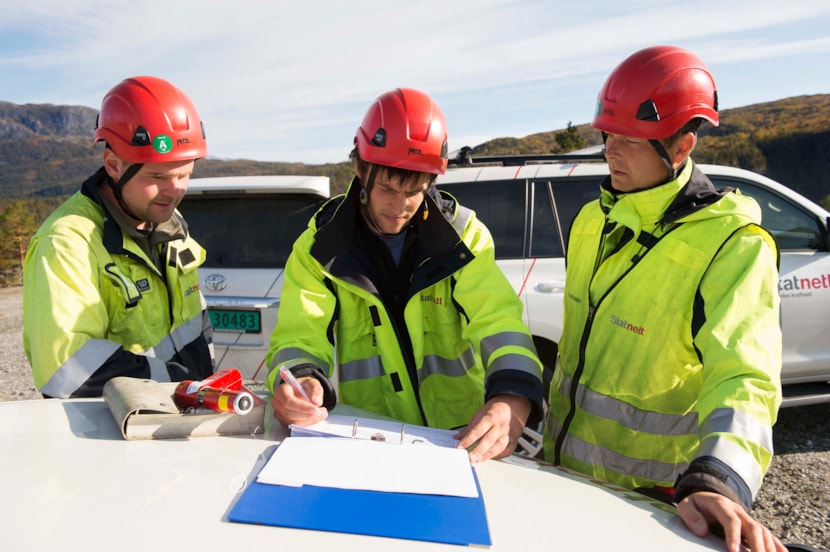The challenge
The building and construction sector experiences relatively high accident numbers, and in common with other workplaces is experiencing increasing privatisation, specialisation, outsourcing and digitalisation. This is creating multiple interfaces, potentially increasing the risk of accidents, and therefore needs to be coordinated. Challenges here can be split into the following areas: coordination, risk understanding, contracts (administration and content), the construction client role (roles and responsibilities) and learning (across functions).
The goal
The goal is to gain an understanding of how complexity (in the form of organisational fragmentation and temporary measures) can impact safety in major building and construction projects. We also want to contribute knowledge for successful design and implementation of methods and tools to make large building and construction projects safer.
The project
The aim of the project is to establish methods and tools for managing risk based on the organisational profile of our buildings and infrastructure, as resources in this area are currently inadequate. During the initial years of the project, a major review of relevant research was carried out to identify the key topics/risk factors around organisational complexity. Based on these findings, we have developed interview guides, which we have used in three case studies. People in different roles on three construction projects were interviewed and asked about their practices and experiences of handling OHS/HSE, and cross-functional coordination and interaction. The findings were presented to each individual company, including Statnett, and a series of work meetings were held to discuss the results and identify prioritised improvement areas. Based on these priorities, the project now has two parts. The first part deals with specific improvement activities at Statnett and Lyse Elnett. The focus at Statnett will be on knowledge development, interaction and learning between the engineering design and execution stages in order to reduce more risk through design. In the second part of the project, prototype software is being developed to integrate data on organisational risk factors in BIM. The project is a partnership between Statnett, Lyse, the Research Council of Norway, NORCE and the University of Stavanger.
Project participants
- Statnett
- Lyse
- Research Council of Norway
- NORCE
- University of Stavanger (UiS)
Funding
The project is funded by Statnett and Lyse. The Industrial PhD scheme is an integral part of the project and is funded by the Research Council’s Industrial PhD scheme and Statnett. The fellowship is being supervised by UiS and NORCE.

